
Colleen Anne Longhurst, photography...
Note: there are a lot of high-resolution pictures on this page so it will load quite slowly. I took these pictures and left them as high res so they can tell something of what Colleen's skill level with picture-taking was. She understood how to use everything you see here.
Colleen was an avid naturalist and photographer, with an eye to the story.
She liked to take photos as a record of her experiences and as documentation of her subjects. She was able to step in and take pictures where others might not try - she was not shy of interceding and intervening, and would move about to find better points-of-view if she thought she would get a better picture.
While hiking the trails with her dog Beemer, riding them on her horse Knox, or walking through neighborhoods, scenic stops and historical sites on her own, Colleen found many subjects of interest.
While her primary photographical interests were plant life, wildlife and her many pets, her photos also included as subjects: unique or notable architecture; the work, products and tools of artisans; and what she felt were newsworthy events and endeavors of people she met in her travels.
The book of photos she put together (that can be found here) to bring interest to the Upper Credit Naturalists club is a good example.
Colleen had decent cameras for many years. An early one she had was a 35mm SLR from Konica, an FT-1, a camera that was built between 1983 and 1987. It had motorized film transport, along with automatic exposure and a built-in light meter.
 |
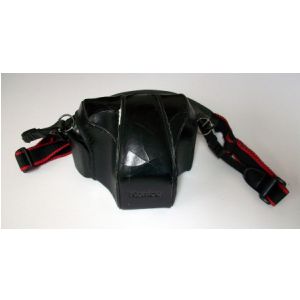 |
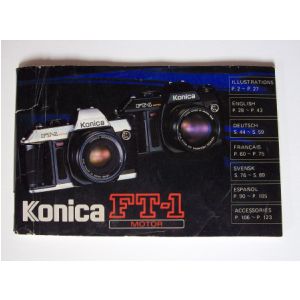 |
A note that Colleen had made for herself read: "When you sell camera parts - more valuable if in original boxes - so match up. Ok Col Jan 2001". This she did, and she also kept many of the original manuals and information cards. At this time (2012), film cameras and their accessories hold little, or no, value due to the advent of digital cameras. It is sad in two ways - no one ever recovers anywhere near the monetary value of these items (my own Nikon EM included), and the pictures a typical digital camera can take are not nearly the quality of the pictures a decent film camera can take.
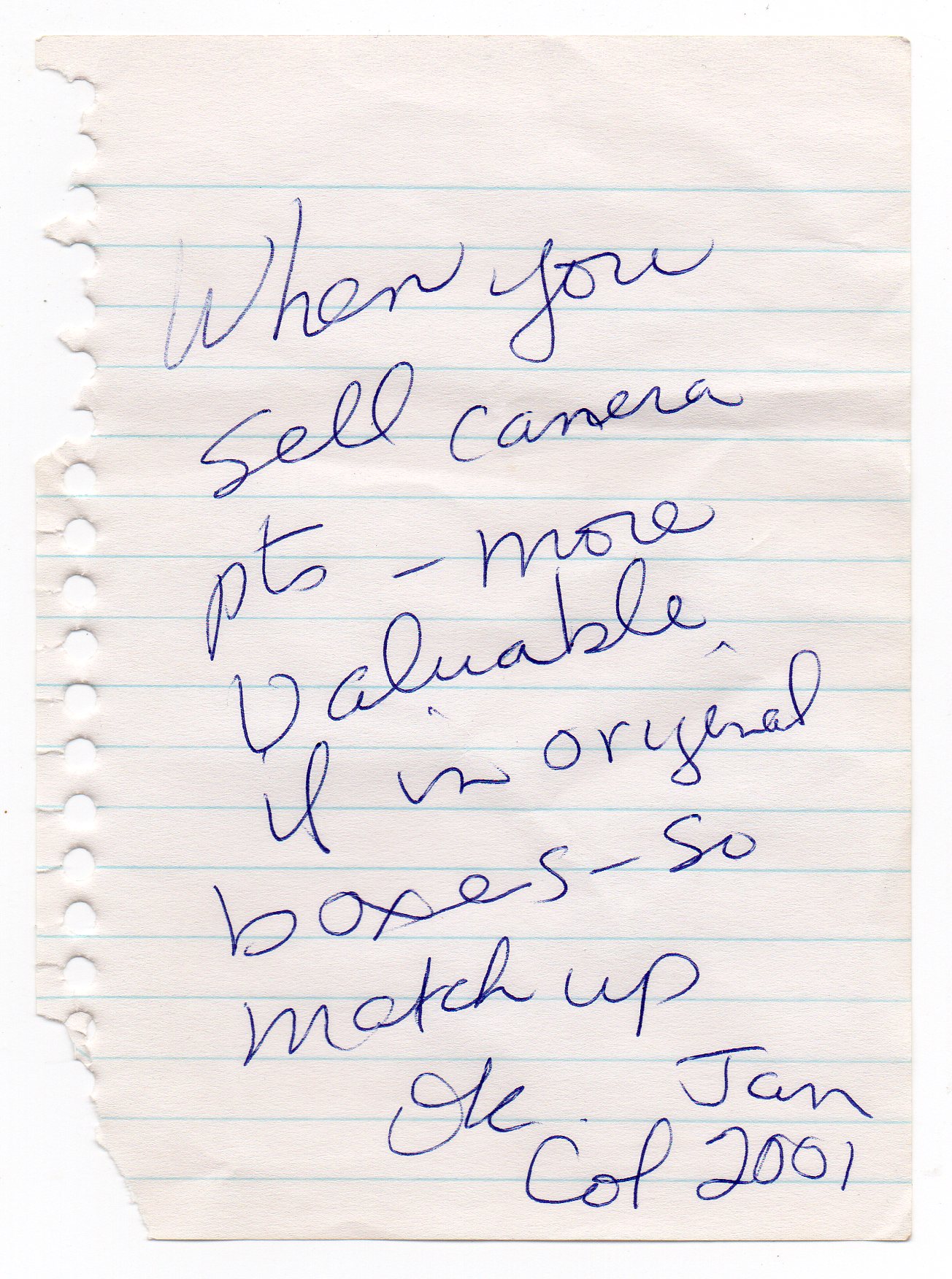 |
In mid-December of 2012, I went down to see what a place like Henry's Cameras would offer for SLR cameras and parts. I was told that the cameras themselves had no value and the lens had a store-credit value of about $5 each. The employee's comment was that it has been more than ten years since any of these parts commanded any significant value. Colleen may have been wise to sell the cameras when she wrote this note, and perhaps she tried. I expect my own camera equipment will go for little or nothing as well.
For the Konica, the camera came with a 2.8 lens with a travel box. Colleen bought an 80-200 zoom lens, a common size that was relatively affordable. (I think she would have liked a more powerful zoom for wildlife, but those lenses are dear.)
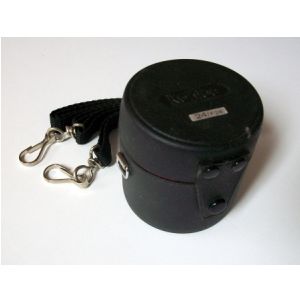 |
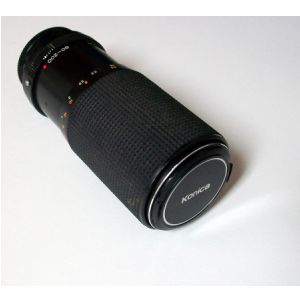 |
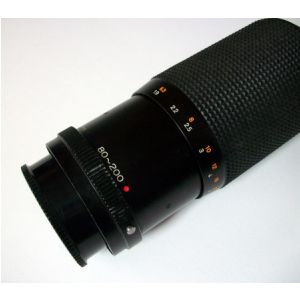 |
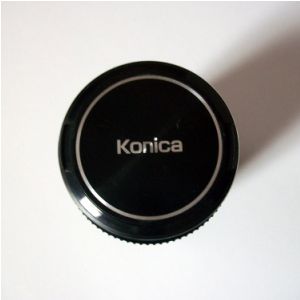 |
There was an additional lens in Colleen's kit - a 1.8 lens, which should be better for low light and shooting at slightly faster speeds.
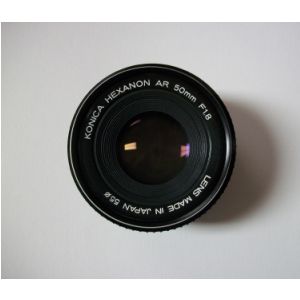 |
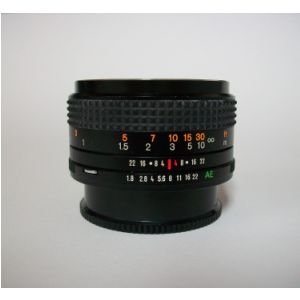 |
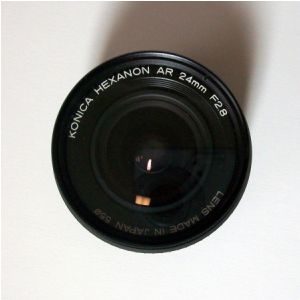 |
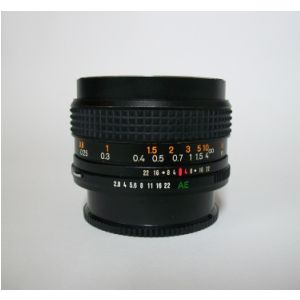 |
A lens that costs a lot of money can be protected with a lens protector - a clear, non-focusing piece of glass that mounts on the exterior end. Another useful attachment for a lenses is a UV light filter. A lens would have a snap-on cover for the exterior end and a cover for the interior end (for when the lens is detached from the camera). Colleen had these.
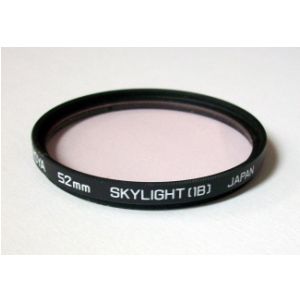 |
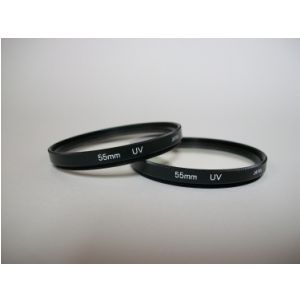 |
 |
Photography is an expensive hobby for those that do not work at it full time and have other hobbies as well. The average cost of a good photograph can be quite high unless the volume of pictures taken is great and the camera is used for a long time. Other necessary accessories and supplies Colleen had included cleaning brushes, wipes and fluids; travel cases, camera straps, lens protectors, a tripod and flash components. Some of these can be used with other cameras, some not. Batteries can be a great expense, as can film and film developing - rechargeable batteries can be economical if a great many pictures are taken, but they add to the upfront costs and will waste away from lack of use.
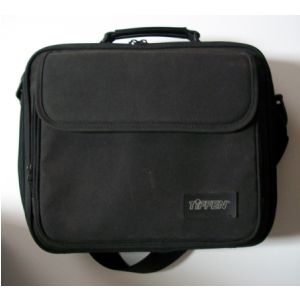 |
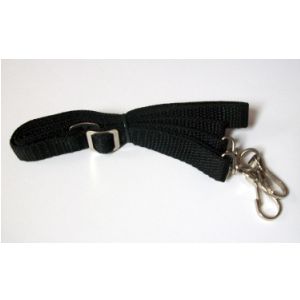 |
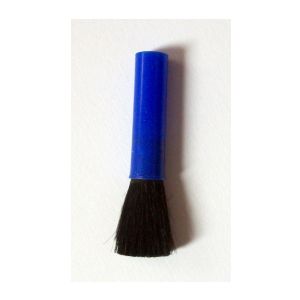 |
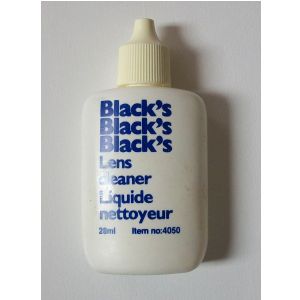 |
 |
A solitary package of Kodak ISO 100 daylight film was found in with Colleen's gear. It was dated November, 2000. The package was partially torn but the film had never been removed from the package. It may have been at about this time that Colleen began thinking about getting a digital camera. This is likely the last roll of film she bought.
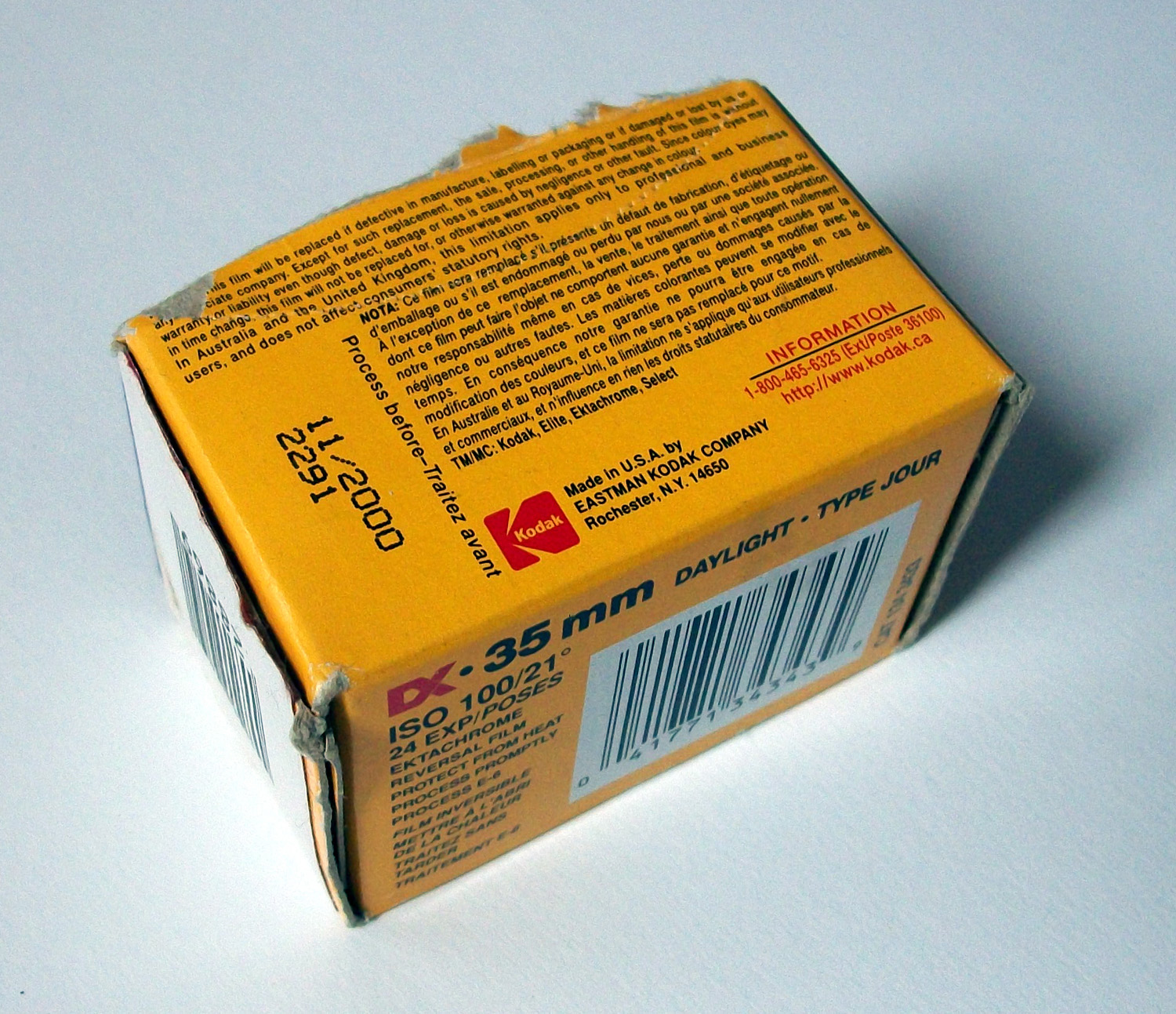 |
Colleen had many photo albums of varying sizes, some for an individual topic or event, others arranged chronoligically. A few of the photos were enlarged, and fewer of these framed.
Colleen also owned a Ricoh XR-M camera. This camera was introduced in 1987, so sometime then or after she bought hers. It has a small LCD display and motorized film handling, and other electronic features.
 |
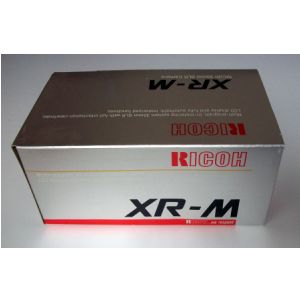 |
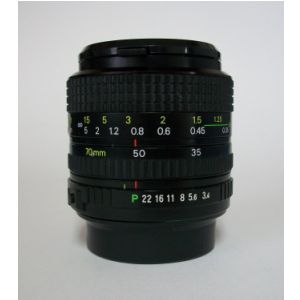 |
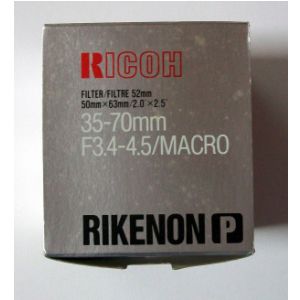 |
There were two different flash units in Colleen's pack for the Ricoh - the Speedlight PX and the larger Speedlight 300P. Colleen also had a manual for a Starblitz 200M Quick Slave so at one time she must have owned one (a slave being a flash unit that fires when another flash unit goes off in proximity, within milliseconds).
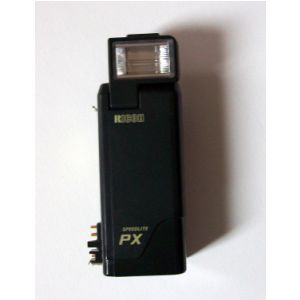 |
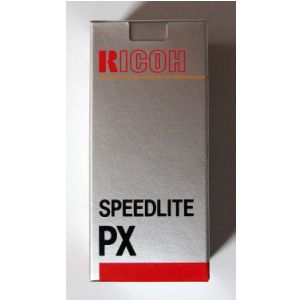 |
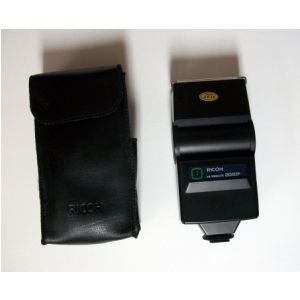 |
 |
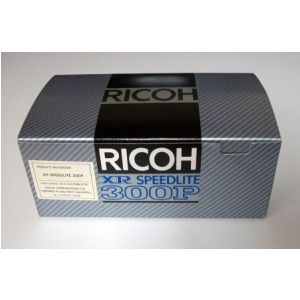 |
The travel bag for the Ricoh was a standard one, lined with a red felt material. The compartments had adjustable inserts with velcro tabs.
 |
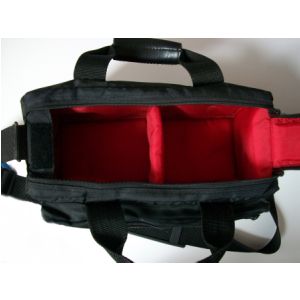 |
The serial numbers for the XR-M, for the P35-70 lens, the Speedlight PX are linked here.
Other 35mm SLR lenses Colleen had included a Soligor 28-70 zoom, a Vivitar 70-300 zoom, and a 35-70mm closeup lens. These may have been for either the Konica or the Ricoh, but not for both as the cameras had different fittings.
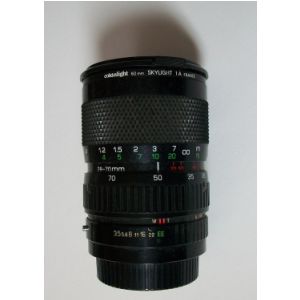 |
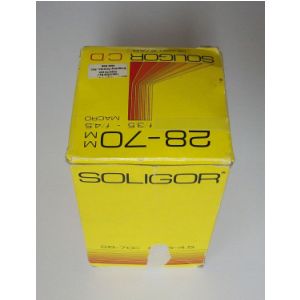 |
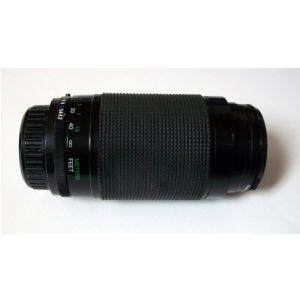 |
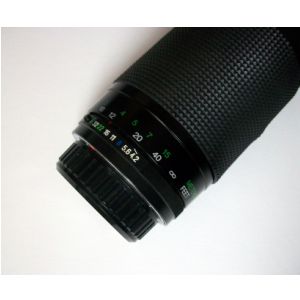 |
 |
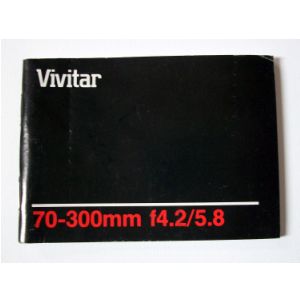 |
The Vivitar lens information card is linked here.
The digital age...
Four digital cameras came to be owned by Colleen during the first decade of this millennium. The first, I believe, was an inexpensive Ezonics four megapixel camera, something to learn about digital picture taking. The four megapixels was a bit of a misnomer - the camera took in a lesser number of pixels then somehow calculated what would be in the rest of a four megapixel frame. The camera had no lenses and no accessories, and could do little more than point-and-shoot, but one did learn about copying files off of a camera and what to do with the resulting jpg's once off-loaded, particularly editing and embedding.
I believe that the next was the Kodak EasyShare DX-4900. This was a decent 4.0 megapixel camera in it day and Colleen bought some lenses and other accessories for it to get closer to the results she was used to with her film cameras. (After several years of service, Colleen once asked me to try to fix the lens cover on it. The cover would only partially open, then stick. In that position, the camera would not poer up, since the switch was at the end of the lens cover travel. I took the camera apart and addressed the problem, but could not come up with a satisfactory way to get it to open fully each and every time. There seemed to be enough grime in there that it would still occasionally become inconveniently stuck. Colleen replaced the camera and set this one aside. On December 25, 2012, I tried again and was a little more successful, and, while the camera seems to be working properly now, I can't say that the camera will be trouble free in the future.)
Below is an actual picture taken with this camera using the close-up lens, with no special lighting. The accompanying picture is after auto-adjusting the colours with Photoshop. So it didn't do a bad job.
 |
 |
When it became important that Colleen have a reliable camera, she opted to buy the Kodak Z650, with 6.1 megapixels and a 10X zoom. She bought it at Staples in Orangeville, on January 1st, 2008. The camera is a 6.1 megapixel with 10X optical zoom. The camera is portable while still being able to take decent pictures and short videos. I think Colleen had the adapter so she could put some of the lens accessories (protectors, UV filters) from her SLR cameras on this one.
In 2008, Colleen bought a fourth camera, a Kodak EasyShare Z885, 8.1 megapixels with a 5X zoom, "for news pictures". This was a decent portable camera she could keep with her in the car for taking opportunisitic pictures as well as fact collecting and interviews. Writing for a newspaper was a long-time ambition. She was coming into her own about this time and actually had gotten paid for her work after numerous volunteer submissions. The writing was the primary interest, but the photography was certainly part of it. Some of her journalistic writing can be found on this webpage.
 |
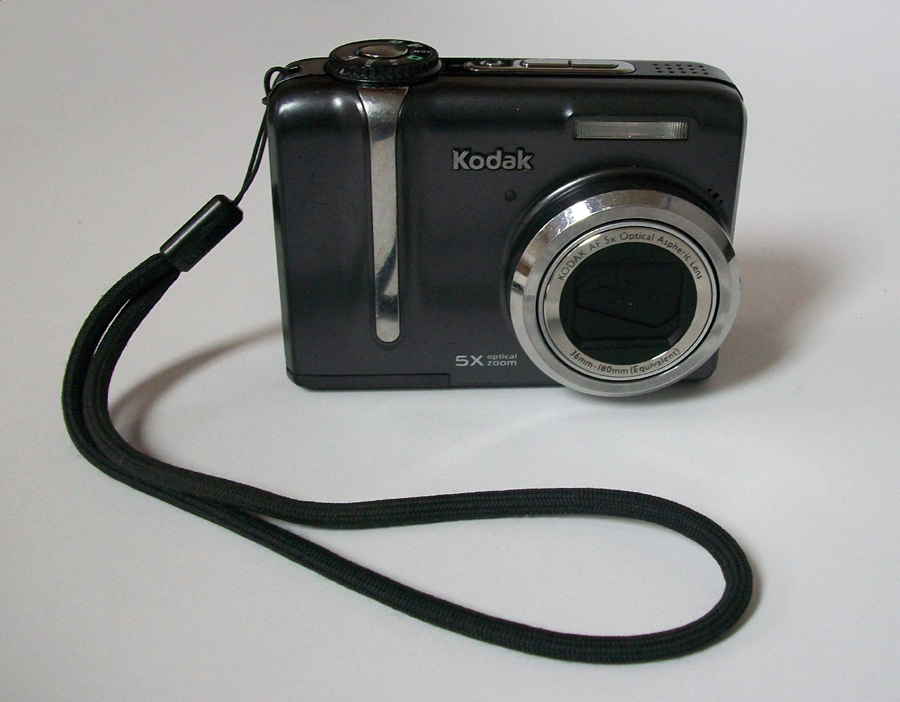 |
 |
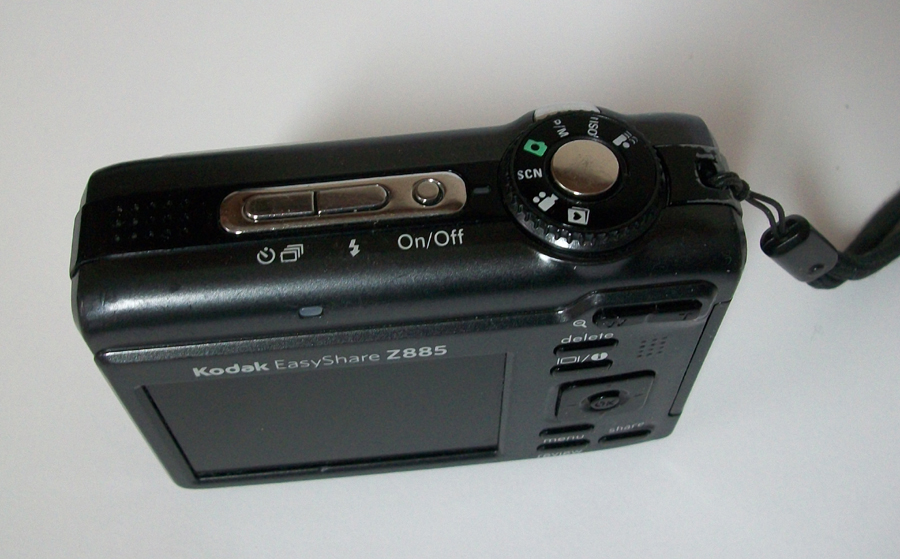 |
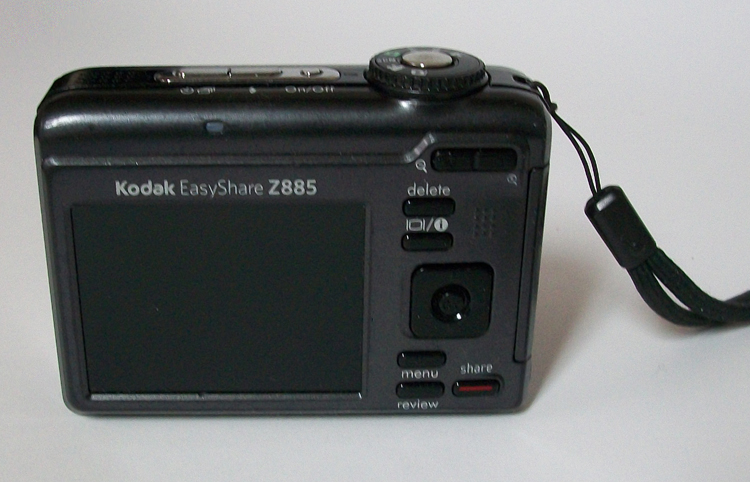 |
A Velbon tripod was common to all of the cameras. USB charging accessories were good for the digital cameras. The extra straps would have fit the different bags. The foreign power adapters probably came with one of the digitals. Colleen had a brush and lens cleaning tissues in with the SLRs and in with the digitals. The compact flash memory cards fit the DX-4900, while the Z650 took SD cards (Colleen had several of these).
As a hobby, photography can be very pricey, but the results can be priceless.
Colleen often joined clubs to find people of like interest and to have her work evaluated and critiqued by her peers. For photography, there is a record of her having joined the Orangeville Camera Club for at least two years (1998, 1999).
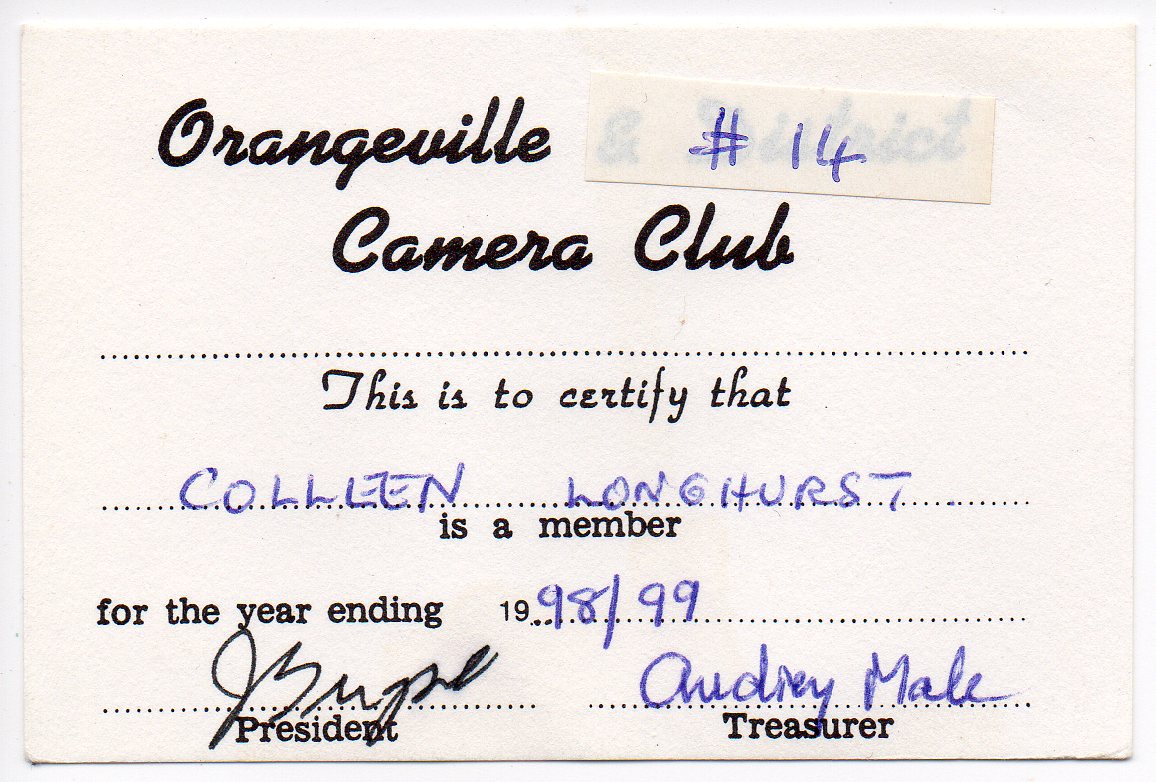 |
Colleen also entered photographs in the Brampton and Caledon Fairs and did take a number of ribbons for her efforts.
Here is a link to a separate page with prize-winning images and ribbons won at the Fair.
 |
Her ability to take a good picture could be seen with the accompanying photographs for articles she wrote for local newspapers. She was able to capture the necessary essence of people and their activities to complement the text she provided.
Here is a link to a separate page about articles published in local papers.
| one of the images |
Colleen also liked to take videos, and recorded a number of events with an analog VHS camera and with her digital cameras.
Here is a link to a separate page about videos she recorded over the years.
| one of the images |
Subjects of Colleen's photographic interest were:
Family...
Animals...
Locations...
Events...
Subjects of her articles, for...
Handiwork...
Cultural...
Contact: email address sounds like cam at longhurst dot ca.
This web page was last modified
: Home :